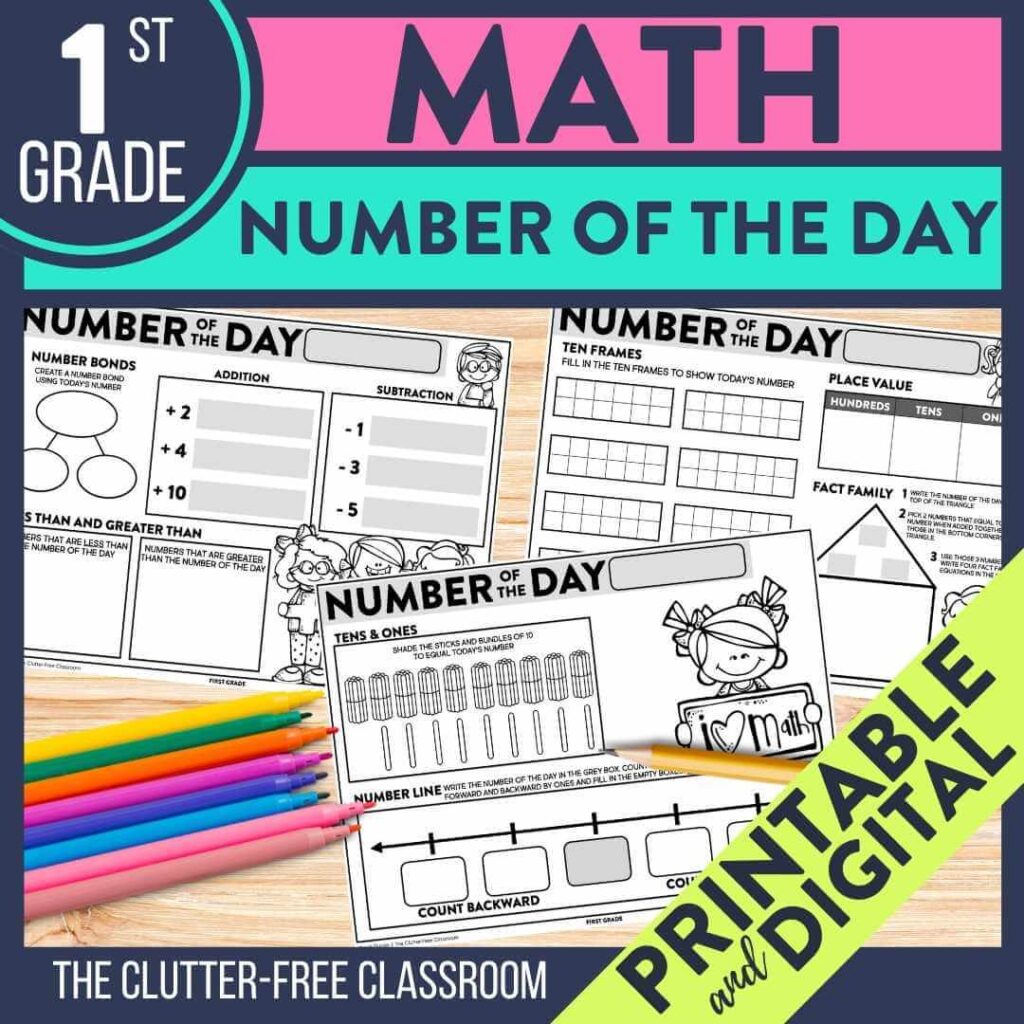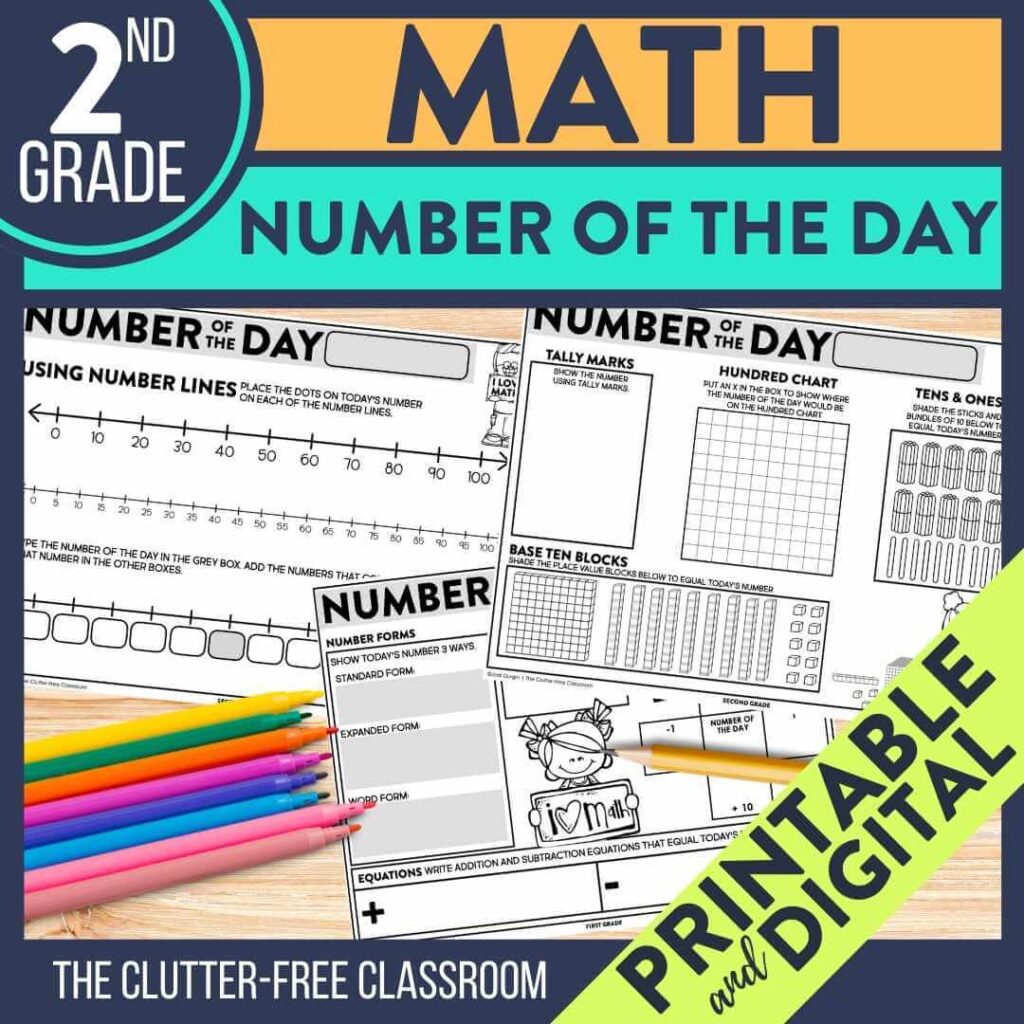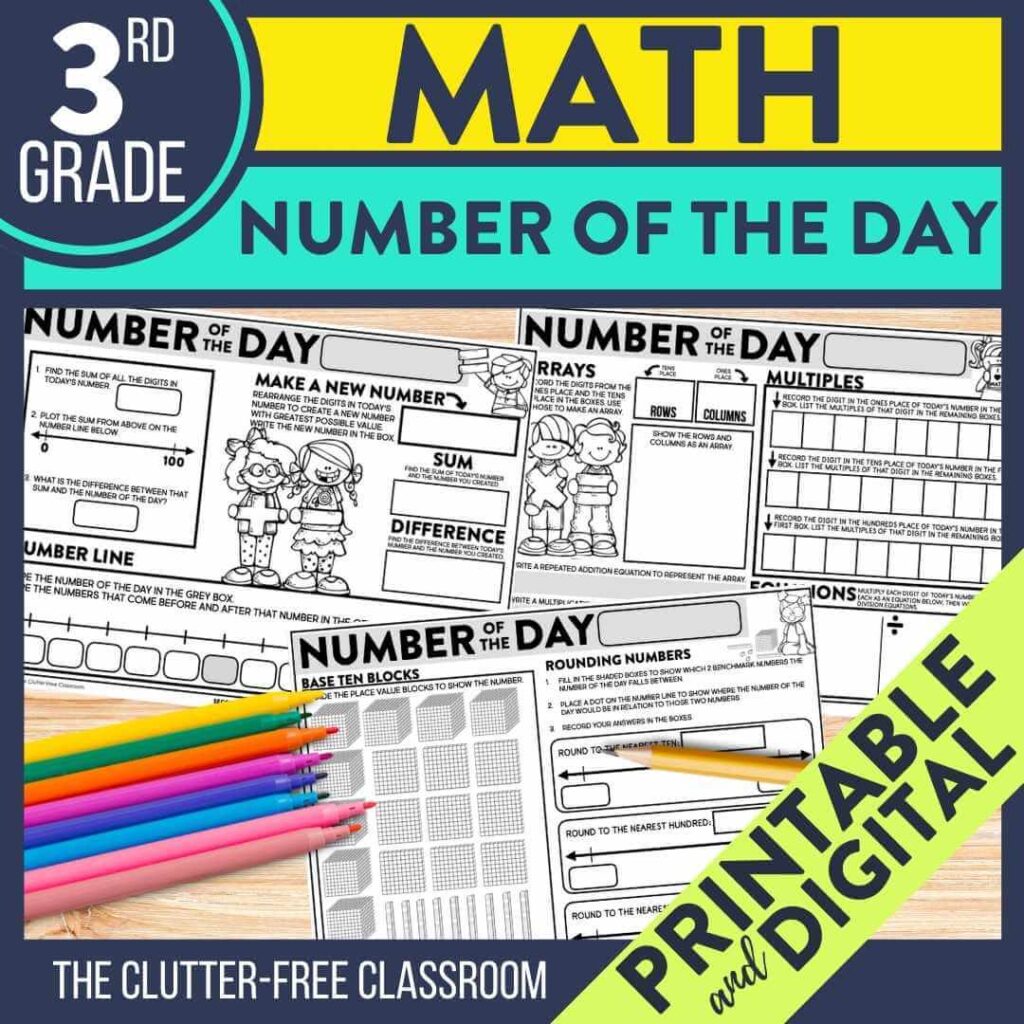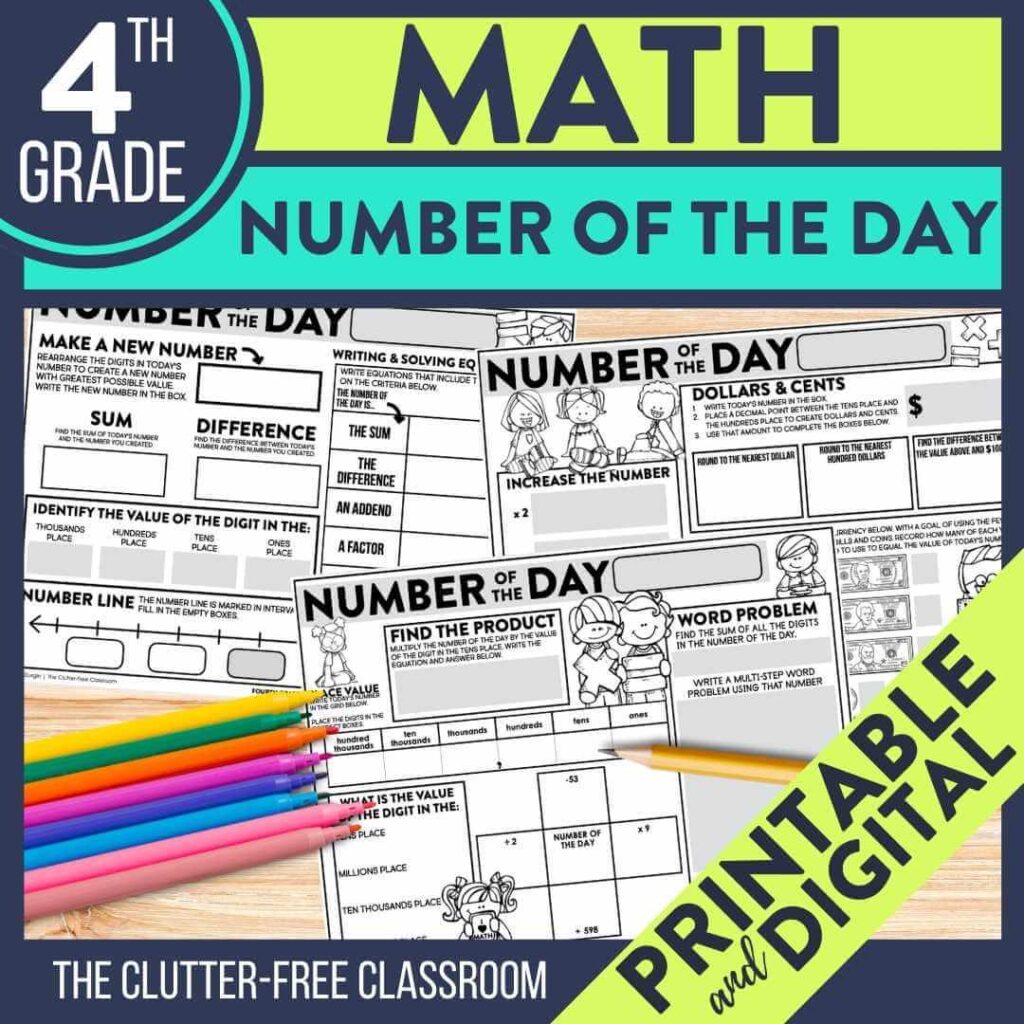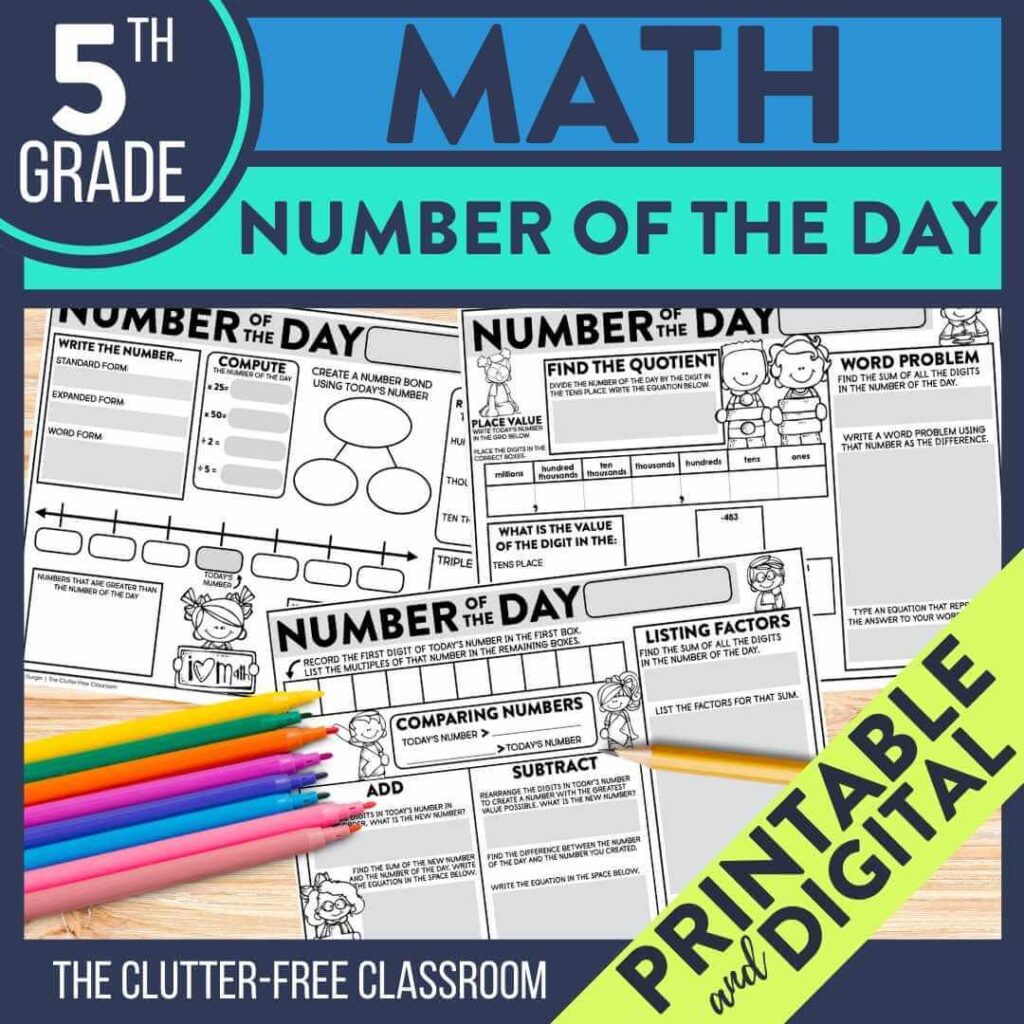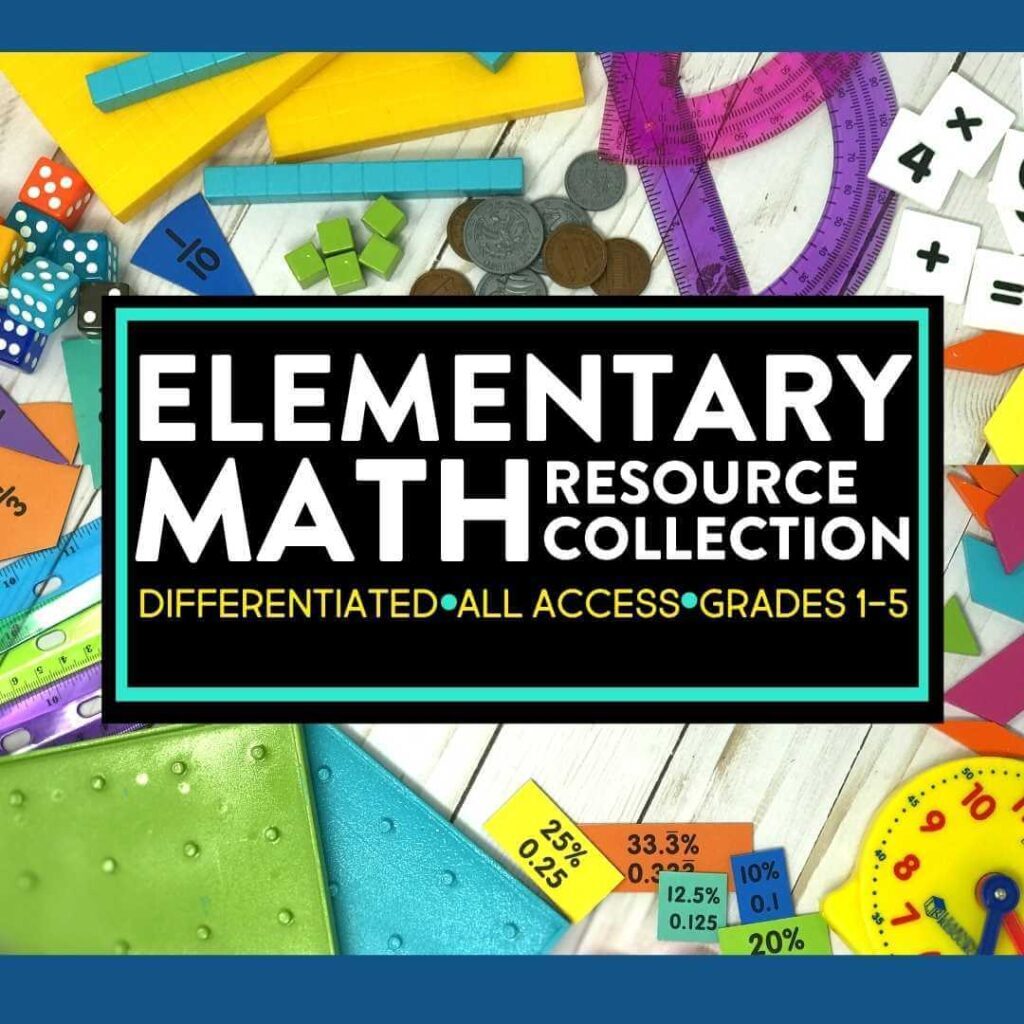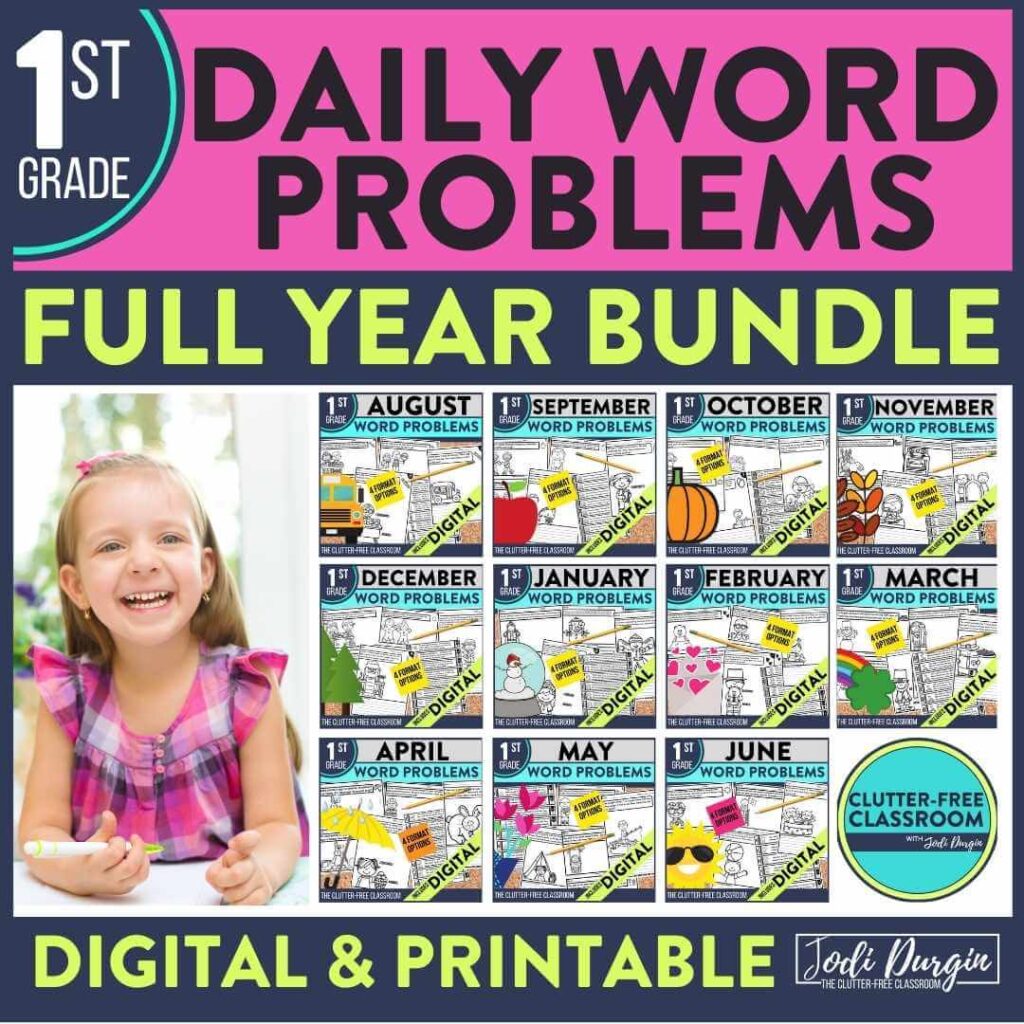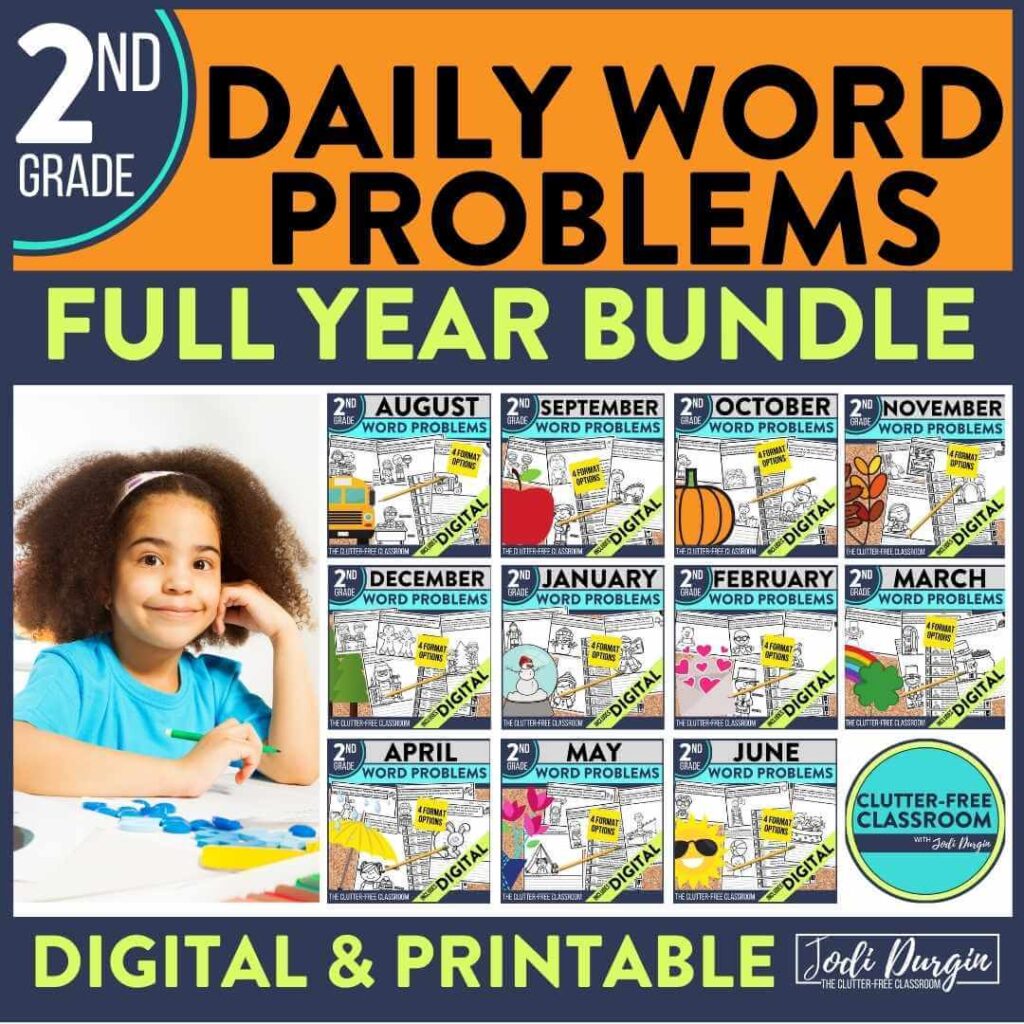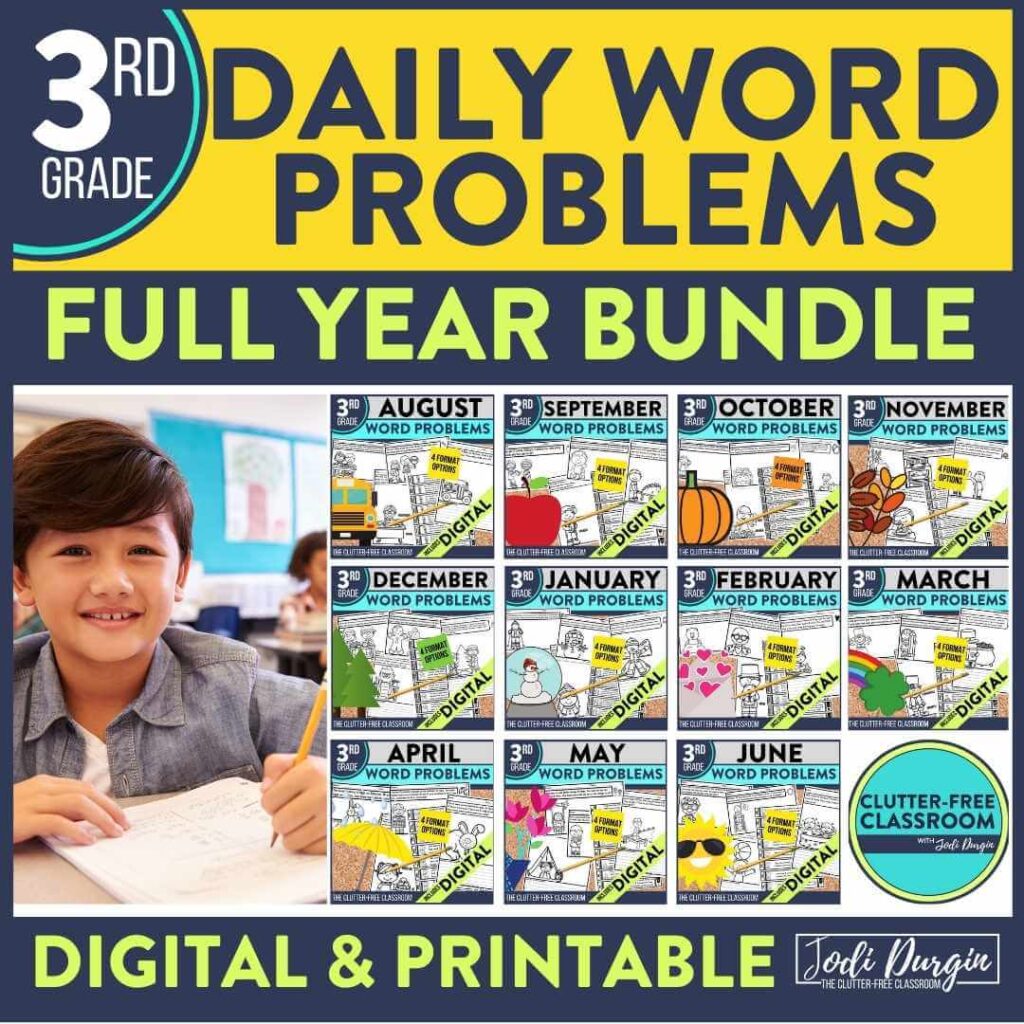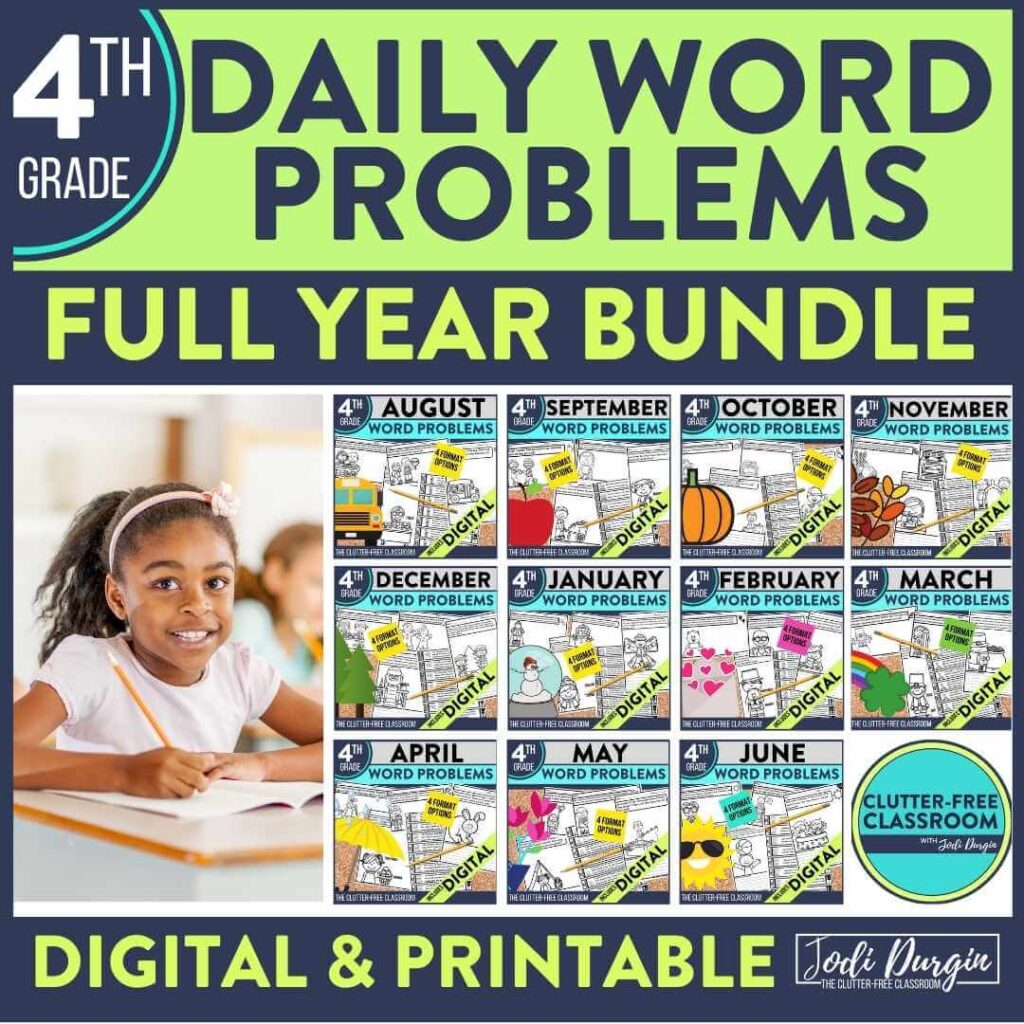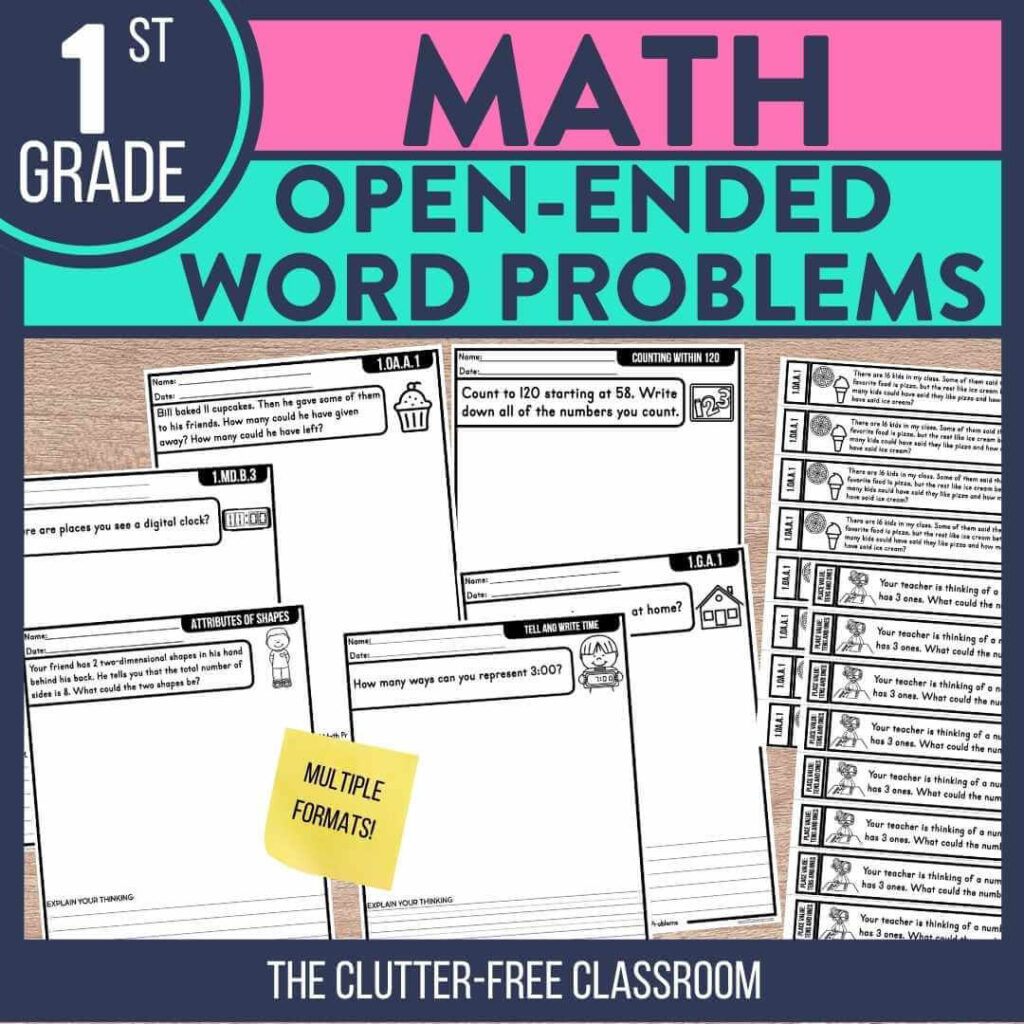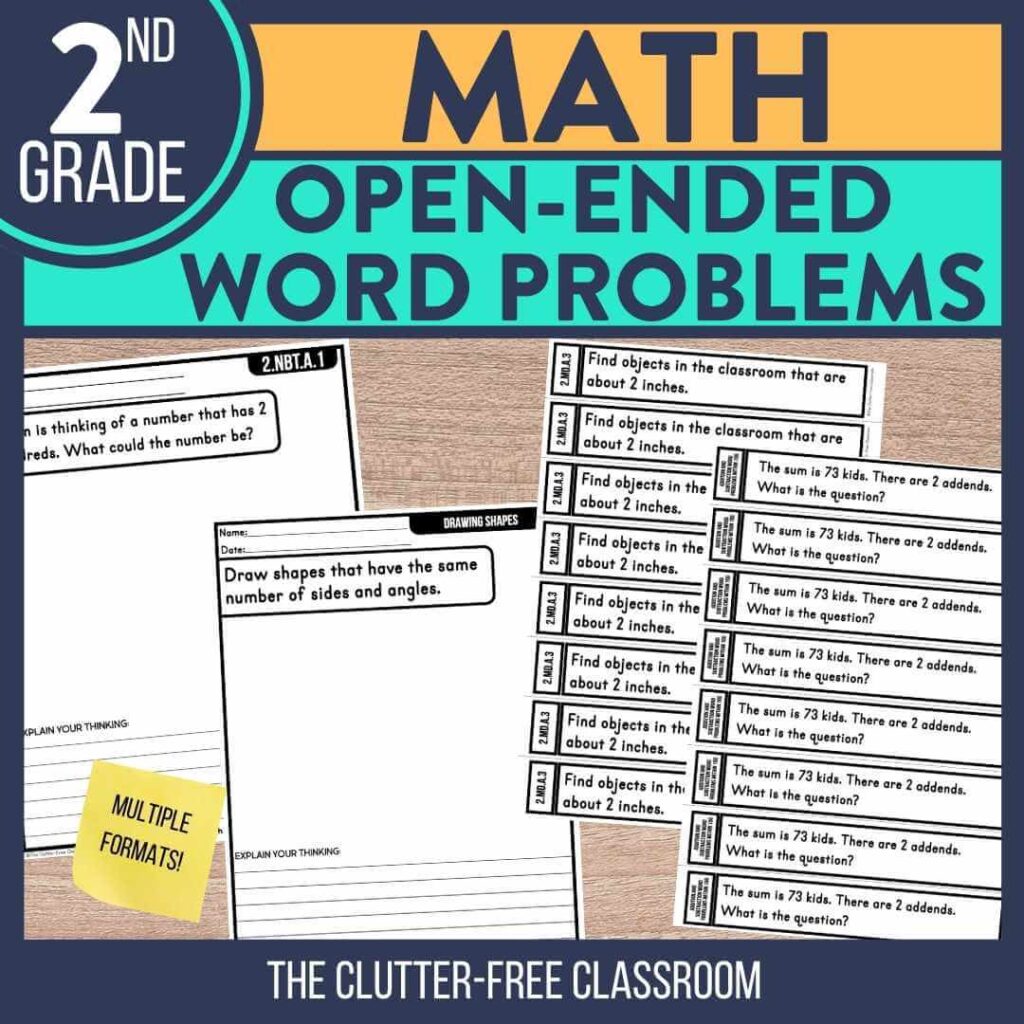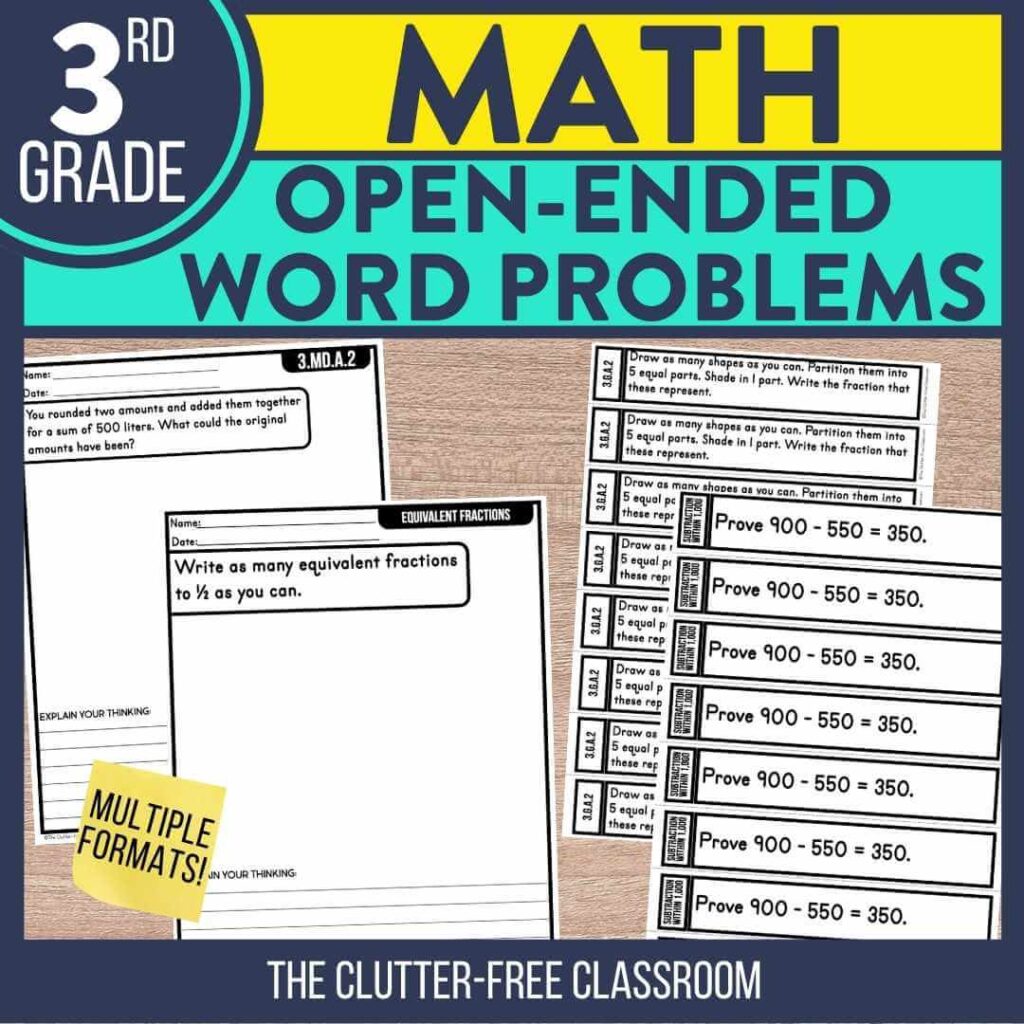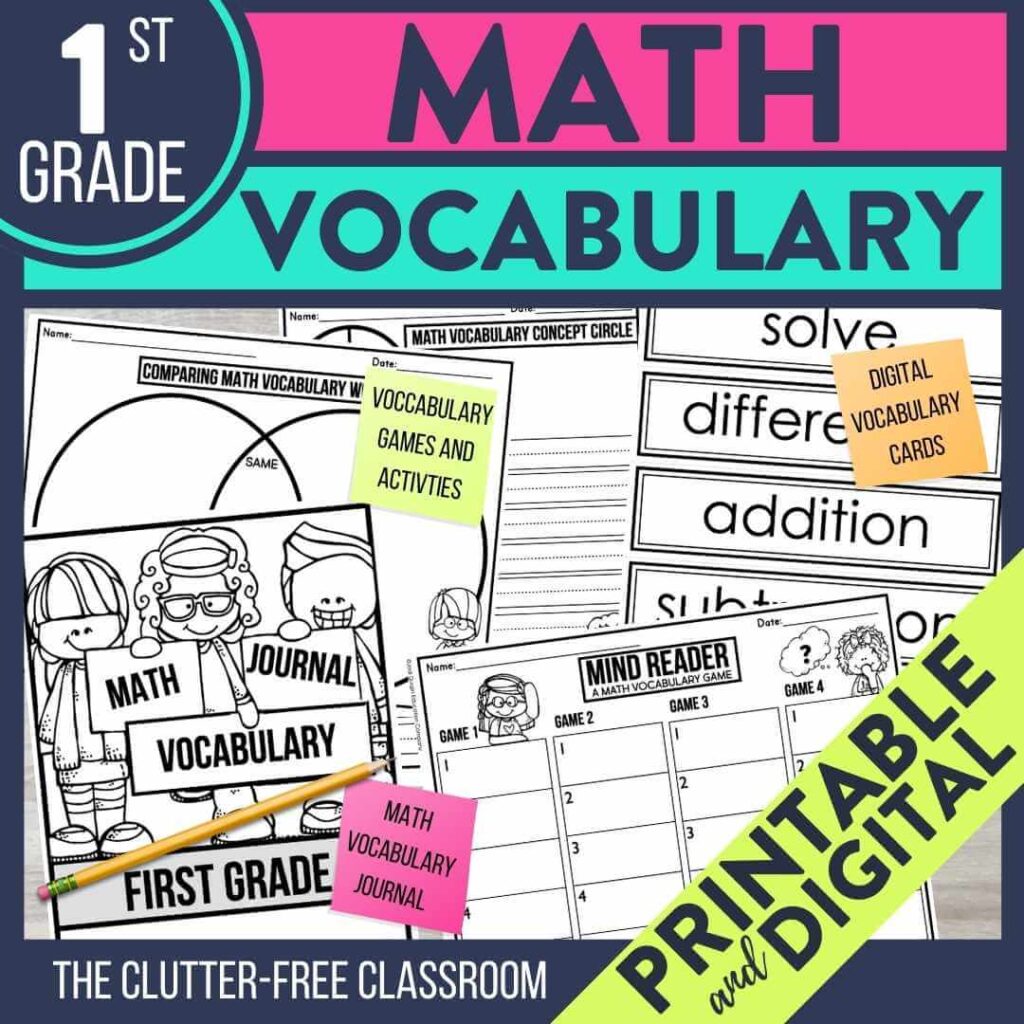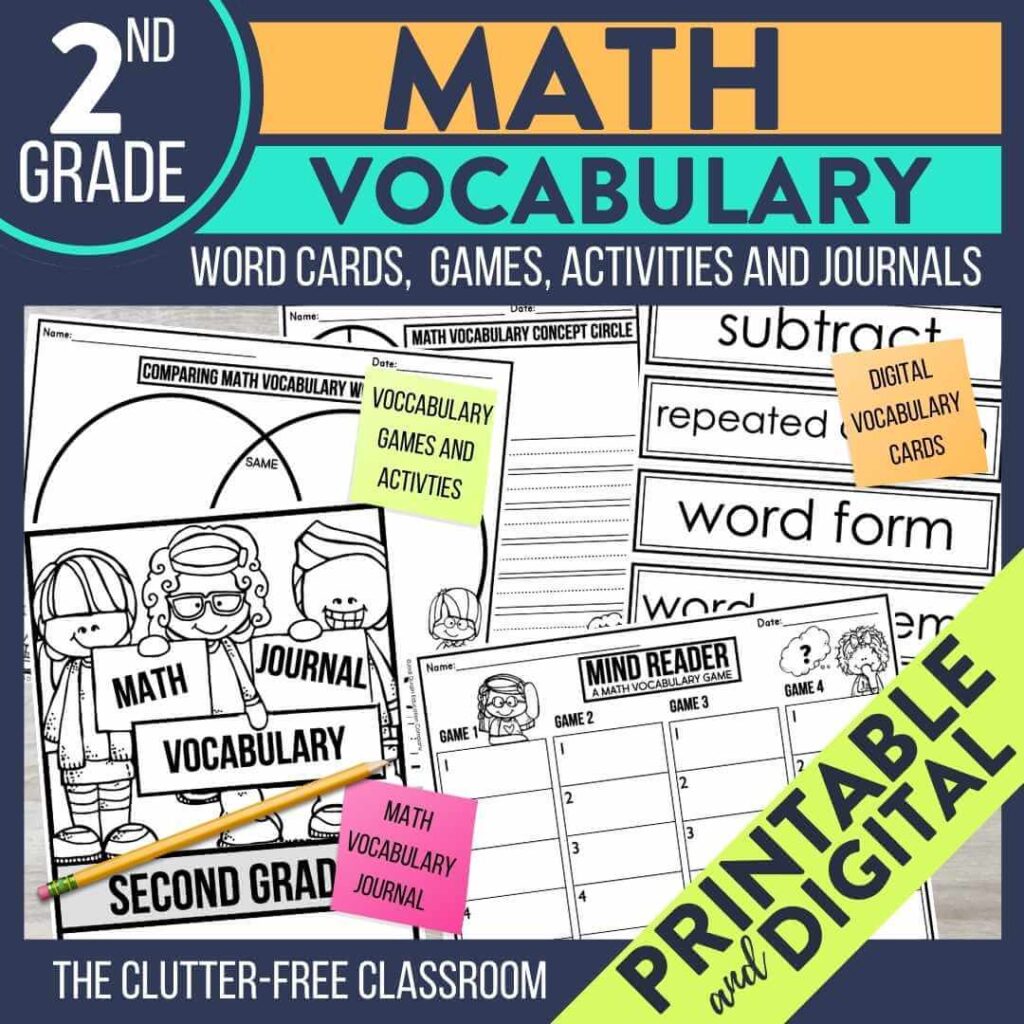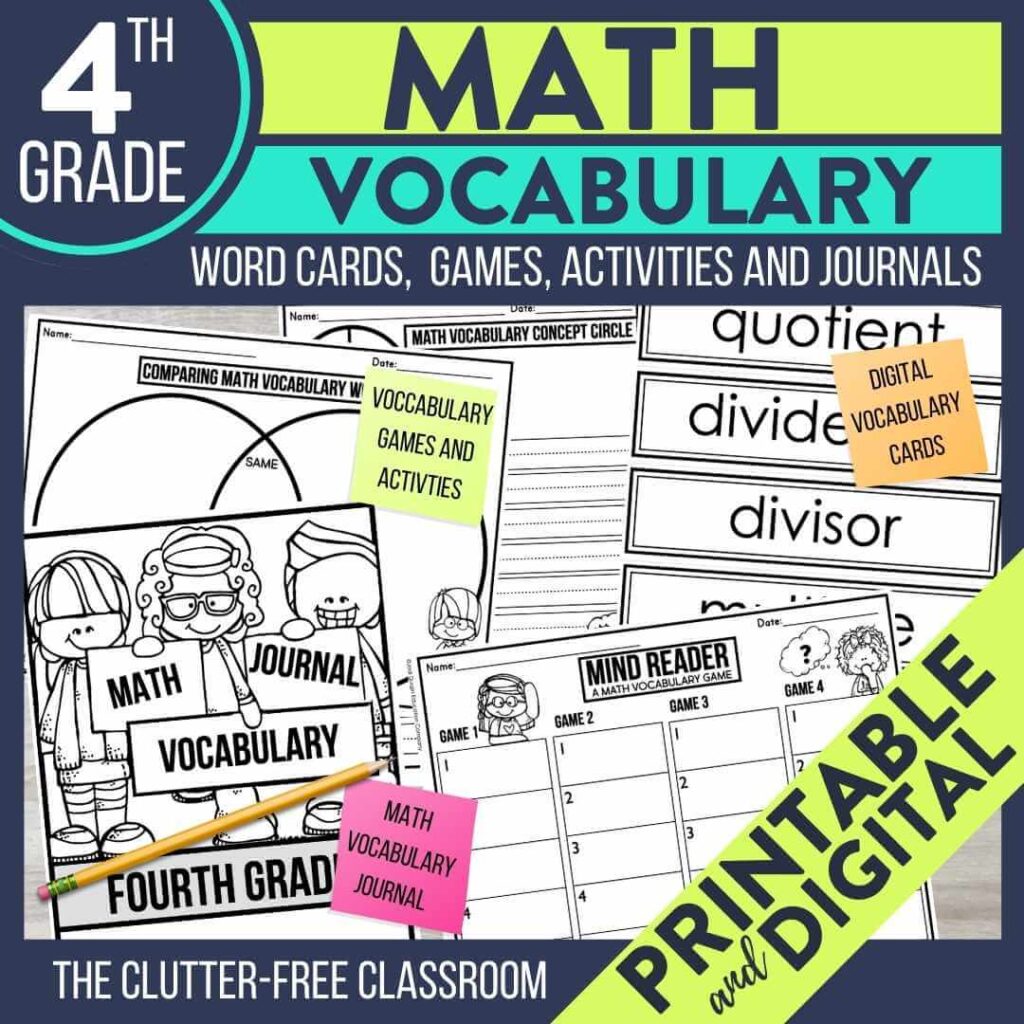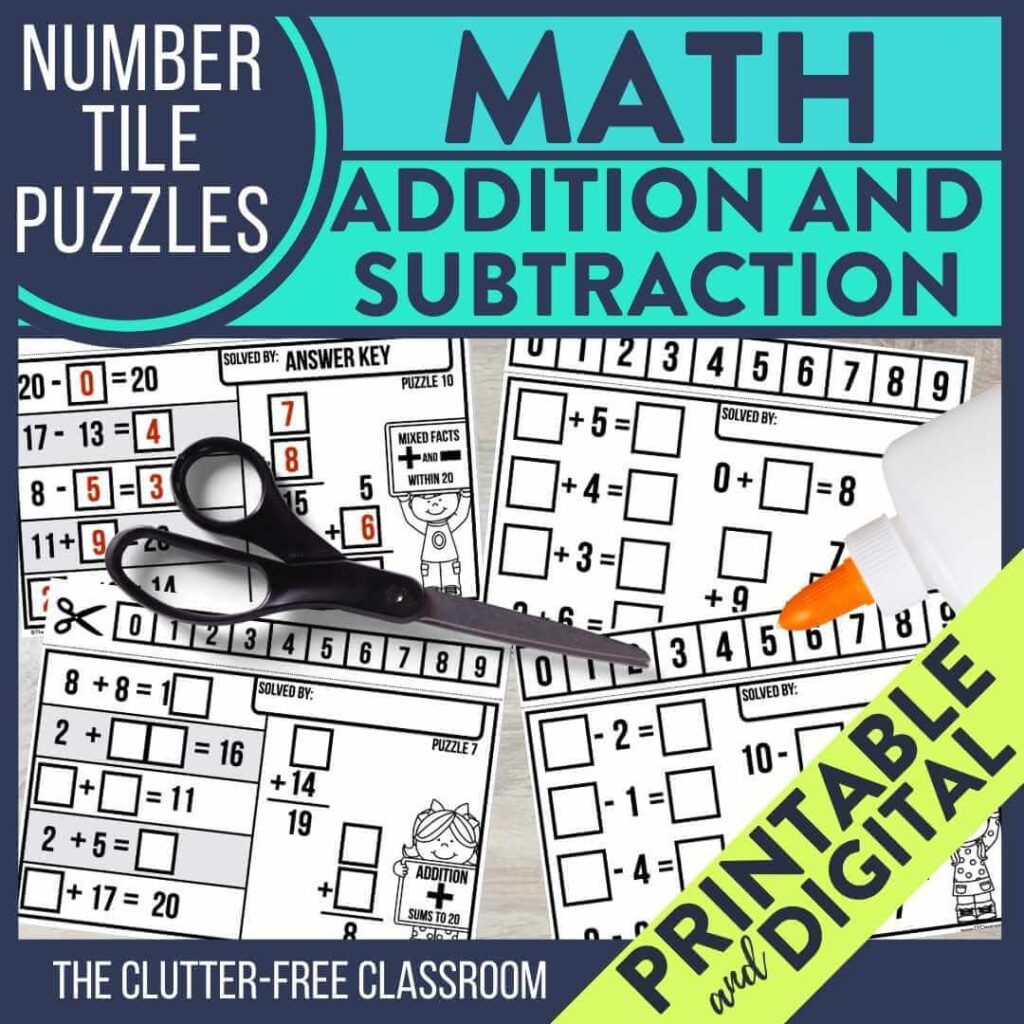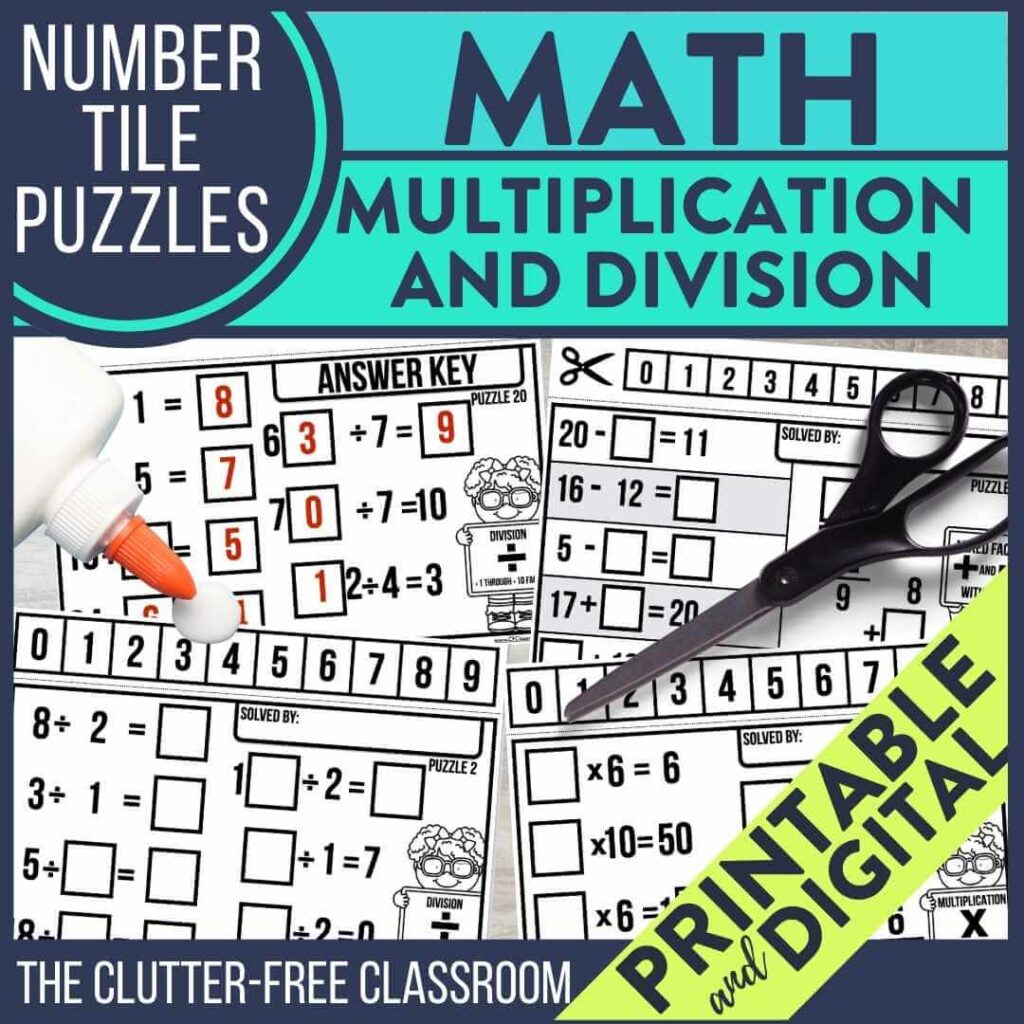If you are looking for fun ways to start a lesson in your elementary classroom, then you found the right place! In this post, I share tons of information about do now activities, also known as bell ringers, and offer specific examples of how to implement them in your classroom. Do nows are a great tool for smoothing your transitions and getting students thinking about and preparing for the upcoming lesson. Read below to learn more about do nows, their benefits to both teachers and students, specific examples, and helpful tips.

What is a Do Now Activity?
A do now activity is a teaching strategy that takes place in the first 3-10 minutes of class. Do nows are warm-up learning activities that allow students to work independently while they connect prior learning and new learning. They are highly effective because they promote independence, motivation, productivity, engagement, and an appropriate mindset at the very beginning of the content area. They are also a great classroom management tool, because students learn and carry out the routine, which maximizes learning time.
What is a Bell Ringer in Education?
Bell ringers are often used synonymously with do nows. The only difference between the two is that students know the end of a bell ringer has come when the teacher rings the bell.
Why Should I Use Do Nows or Bell Ringers in My Classroom?
There are a number of benefits to starting lessons consistently with a do now or bell ringer for both the student and the teacher.
Benefits for the Students
- Know what is expected of them because of the set routine.
- Get in the appropriate mindset for the lesson.
- Sets him or her up for success during the lesson.
- Offers them the opportunity to be independent.
- Gives them the opportunity to engage in a task they feel successful in and confident about.
Benefits for the Teacher
- Gives the teacher time to work with students one-on-one or in a small group.
- Allows the teacher to pull students for an assessment.
- Provides an opportunity for the teacher to connect with individuals with special needs.
- Serves as a classroom management strategy for the teacher because it increases student engagement, creates a smooth transition, and promotes a learning environment where all students are expected to learn and engage.
Examples of Do Nows
Below are examples of do nows, which are fun ways to start a lesson, that you can use in your classroom.
8 Math Do Now Examples
Below are some examples of math do now activities.
1. Number Tracing
Ask students to trace the numbers on the page with their finger, eraser, and then pencil.
2. Number of the Day Activity
Invite students to do a number of the day activity.
3. Problem of the Day
Offer a problem of the day where students need to apply their problem solving skills.
Word Problem of the Day
Open Ended Problem of the Day
4. Vocabulary Match
Ask students to do a worksheet where they read the vocabulary words and match them to the definitions.
5. Math Facts
Math fact fluency is so important! Give students addition, subtraction, multiplication, or division problems to solve.
6. Number Puzzle
Encourage students to use their critical thinking skills to solve math puzzles.
7. Crossword Puzzle
Invite students to do a crossword puzzle with the math vocabulary from the topic you are currently teaching.
8. Word Search
Invite students to do a word search with vocabulary from the topic you are currently teaching.
8 Literacy Do Now Examples
Below are some examples of literacy do now activities.
1. Letter Tracing
Ask students to trace the letters on the page with their finger, eraser, and then pencil.
2. High Frequency Word Tracing
Ask students to trace the letters on the page with their finger, eraser, and then pencil.
3. KWL Chart
Have students fill out part of a KWL chart.
4. Free Write
Give students 5 minutes to write about whatever they want to, but they must keep their pencil moving at all times.
5. Think and Write
Put up an interesting image on the board and ask students to write about what is happening in the image. Another option is to show a book cover and have them write about what they think the book is about.
6. Read and Write
Give students a reading passage and ask them to respond to open-ended questions/prompts.
7. Crossword Puzzle
Invite students to do a crossword puzzle with the high frequency words you are currently teaching.
8. Word Search
Invite students to do a word search with the high frequency words you are currently teaching.
12 Tips for Successfully Implementing Do Nows
Below are 12 tips for successfully and confidently implementing do nows in your classroom.
- Maintain consistency in the routine.
- Think about high engagement when planning.
- Ensure difficulty is appropriate for independent work.
- Use it to review prior learning that connects to new learning.
- Keep it open-ended.
- Limit task length to 3-10 minutes.
- Provide specific instructions both orally and in writing.
- Use picture directions for early readers.
- Ensure students know how to access all materials they need independently.
- Maintain a quiet and productive classroom environment.
- Go over answers/responses right afterward.
- Provide feedback on the assignment to motivate students to participate in the do now.
In closing, we hope you found this list of fun ways to start a lesson helpful! If you did, then you may also be interested in these posts:
- Formative Assessment Ideas for Elementary Classrooms
- 10 Tips for Increasing Student Engagement in Math
- How to do Number Talks in Your Classroom


